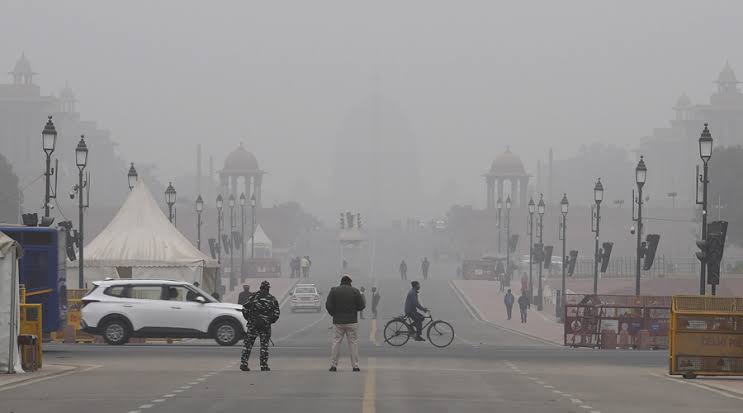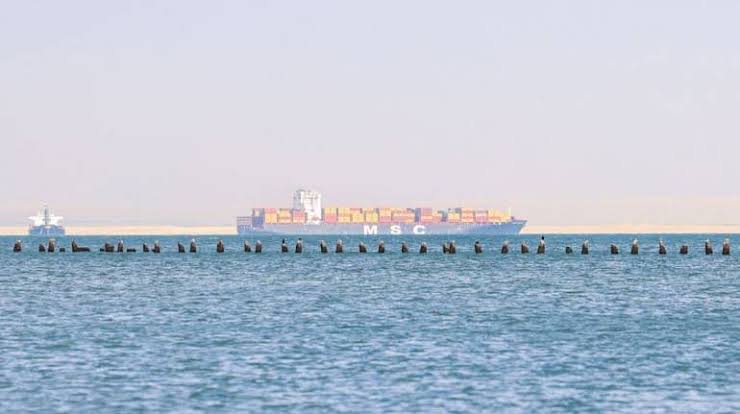Dense Fog Disrupts Delhi-NCR: Flights Delayed, Trains Affected

New Delhi and the National Capital Region (NCR) faced significant challenges on Wednesday morning as a thick layer of fog enveloped the area, severely impacting visibility and disrupting various modes of transportation. The dense fog led to over 50 flight delays at the bustling Indira Gandhi International Airport, prompting authorities to issue an advisory for passengers.
The airport advisory highlighted potential disruptions for flights not compliant with Category III (CAT III) requirements. Passengers were urged to stay informed by reaching out to their respective airlines for the latest flight information. The situation at the airport added an extra layer of complexity to travel plans for many individuals.

The India Meteorological Department (IMD) provided insights into the weather conditions, sharing an INSAT 3DR image at 0530 hrs IST. The image revealed a dense fog layer covering Delhi, south Punjab, and Haryana. The fog appeared as a white patch overlapped by medium/high clouds in red patches. The IMD had previously predicted dense to very dense fog conditions during the morning hours over isolated pockets of Punjab, Haryana, Chandigarh, and Delhi for Wednesday and Friday. Additionally, dense fog in isolated pockets was expected on Saturday.
Beyond the impact on air travel, the dense fog affected the railway network, with several trains to and from the national capital experiencing delays. Commuters and travellers faced challenges navigating through reduced visibility, leading to adjustments in travel plans and schedules.
Kind attention to all flyers!#Fog #FogAlert #DelhiAirport pic.twitter.com/6LXeMHn30F
— Delhi Airport (@DelhiAirport) January 30, 2024
The unusual weather patterns contributing to the dense fog were reflected in the mean maximum temperature recorded during the month at Safdarjung. At 17.9 degrees Celsius, this temperature aligns with observations from 2015 and marks the lowest mean maximum temperature for January since 2003. The meteorological conditions underscore the need for caution and preparedness among residents and travellers in the region.
Also Read:IMF Raises India’s Growth Forecast to 6.5% in 2024-25
As the dense fog persisted, creating difficulties for daily activities and disrupting transportation, authorities continued to monitor the situation closely. The impact on the region’s infrastructure and the daily lives of its residents raised awareness about the importance of adapting to and preparing for such weather events.



